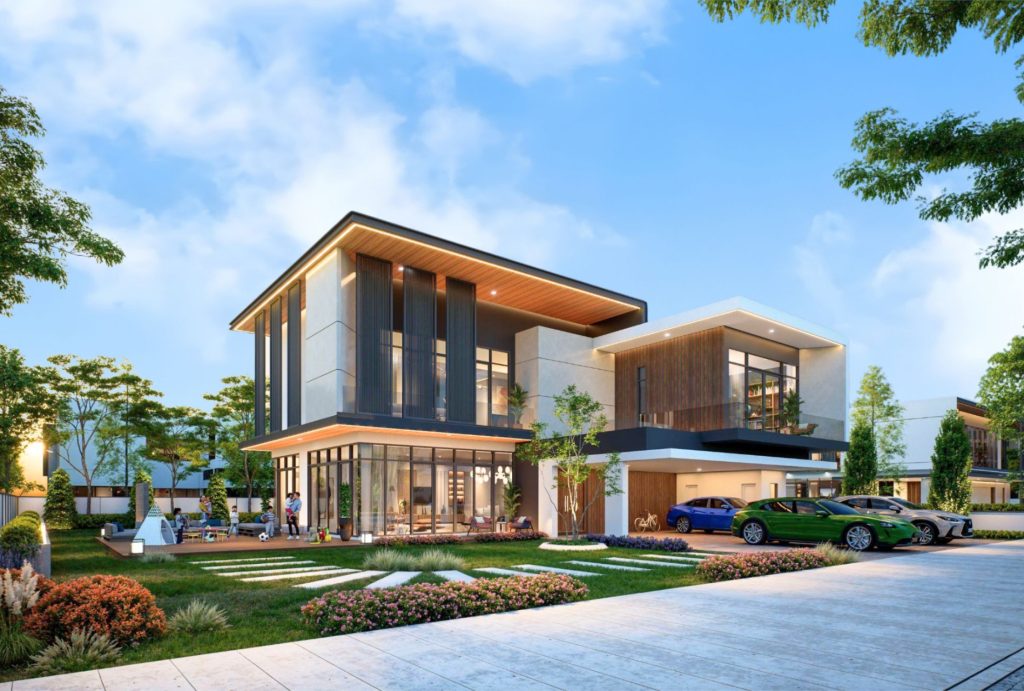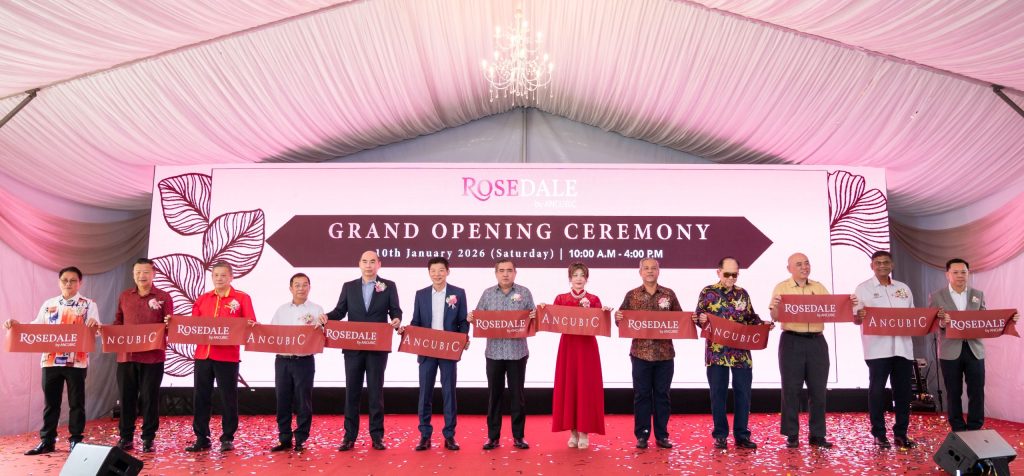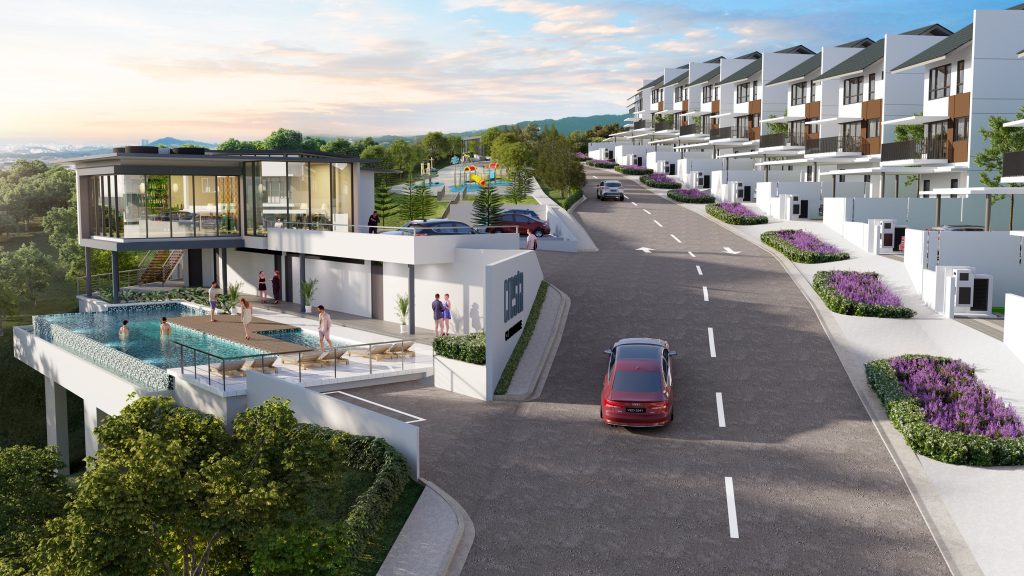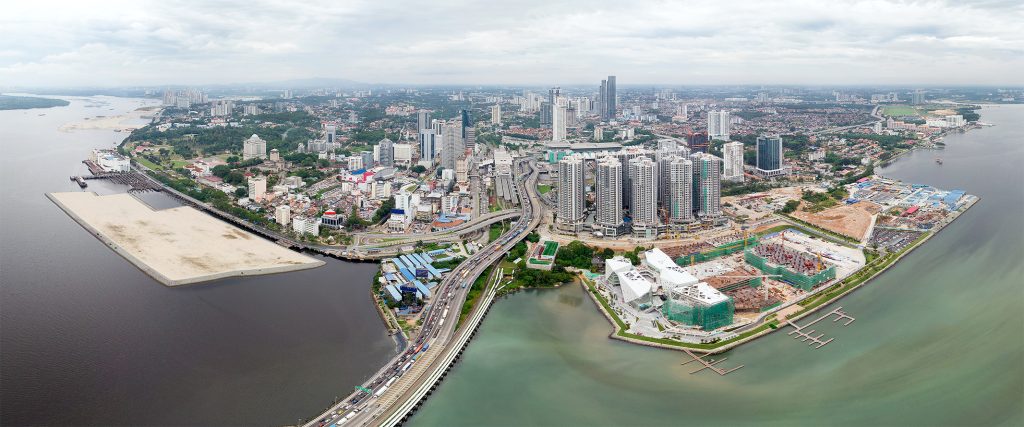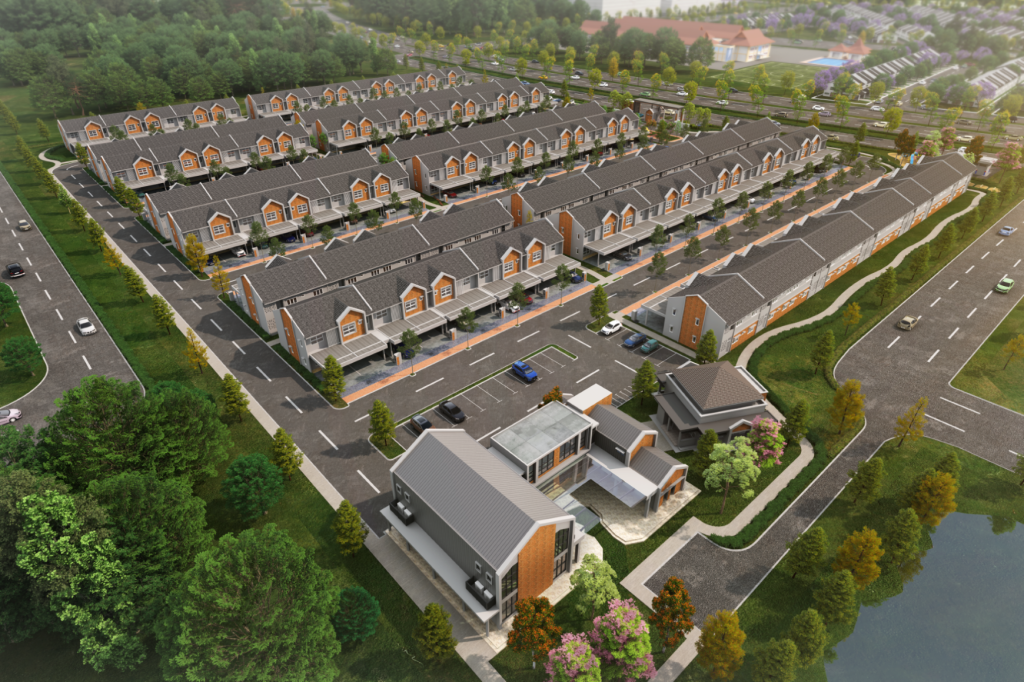Urban sprawl has always been a growing concern in Malaysia as property developers continue expanding their projects into previously undisturbed outskirt and rural areas, some without giving much regard to the environment and its inhabitants.
The National Urbanisation Policy by the Local Government Development Ministry defines urban sprawl as unintended or uncontrolled urban expansion. It is generally characterised as the rapid expansion of housing developments into the outskirts of cities and towns often depicted by low-density residential housing and increased reliance on cars and motorcycles for transportation.
This unfortunately contributes towards increased traffic congestion, air pollution and environmental degradation. It also contributes to the loss of agricultural land and natural habitats especially when such projects are
poorly planned, uncontrolled and uncoordinated expansion of low-density urban land uses into agricultural and forest areas, which is different from urban growth due to its unsustainability.
What causes urban sprawl?
It comes as a result of population growth. Malaysia’s urban population has grown by more than 50% in the past two decades and this growth is expected to continue in the years to come. This rapid urbanisation has put a strain on Malaysia’s infrastructure and resources and is also negatively impacting the environment.
Another reason would be the government’s policy of promoting home ownership. In the days when Malaysia was experiencing economic prosperity, the government actively introduced new policies to make it relatively easy for people, especially the younger population to own their own homes. This has consecutively led to a boom in housing construction. Many of these massive housing projects were built on the outskirts of the city to ensure affordability but this was a double-edged sword due to the lack of effective public transportation.
As a result, a good portion of Malaysians rely on cars and motorcycles. The government also displayed indecisiveness in developing light rapid transit (LRT) systems in metropolitan areas with the exception of Kuala Lumpur City and it was only recently that the Mass Rapid Transit (MRT) was introduced. Even then, the connectivity among the MRT, LRT, monorail and KTM were not well thought out, leaving many to continue using cars and motorcycles. Not to mention, there was no consideration of the last-mile connectivity until after numerous criticisms from users and observers.
Digitalisation driving urban sprawl
The advancement of technology is making cheaper properties outside of cities more attractive as well as easier to find. Buyers today can simply browse listings online and contact agents remotely, a welcome feat compared to the past when buyers had to rely on word-of-mouth and travelling to the location.
With the pandemic came the onset of work from home, where people could work remotely and not face daily traffic congestion and stress. The suburbs instantly became more attractive to people who wanted to enjoy a more relaxed lifestyle while still being able to make a decent living. It is also common for new businesses to be operating out of homes or even small offices located far from the city.
Despite the lack of infrastructure in many areas, the rise of e-commerce has made it possible for businesses to work anywhere in the world. These new Millennial and Gen Z jobs have helped sustain urban sprawl and demand for housing in rural suburbs, so it is here to stay.
Inherently negative?
Is urban sprawl a necessary consequence of economic development? The supply of properties in Malaysia has been rising steadily and the square footage of these new urban properties is being compared to those of Hong Kong. Are developers pushing for suburban living as an excuse to justify their shoebox apartments? Proponents of the view argue that as countries develop, their population becomes more urbanised. Urban sprawl is simply a reflection of this trend, and it is not something that can be easily controlled.
City housing is expensive. The exorbitant land and property costs are beyond the financial capabilities of many, especially for those who migrate to the city for employment opportunities. Thanks to digitalisation, suburban living is more popular than before and developers are very aware of this.
However, it is not good when it comes to the landscape changes and gentrification that comes with it. There is also the possibility of speculation where private entities and government agencies possessing rural land titles hold it due to speculations that it can fetch higher prices, otherwise known as leapfrog development.
Urban sprawl is a very complex issue with no easy solutions. Government intervention is needed to preserve Malaysia’s natural landscape and prevent unsustainable developments. The construction of new highways and other infrastructure to support the growing population outside of Klang Valley has been a significant financial burden on the government, but it seems like they are not proactively intervening to stop the issue.
During the Symposium on Rail and Livelihood (ISO Rail 2021), Dean of Faculty Architecture, Planning and Surveying UiTM Prof Dr Jamalunlaili Abdullah encouraged millennials today to consider purchasing residential units in transit-oriented developments (TOD) to suit current working styles and increase quality of life.
This article was first published on Starbiz7.
Stay ahead of the crowd and enjoy fresh insights on real estate, property development, and lifestyle trends when you subscribe to our newsletter and follow us on social media.






